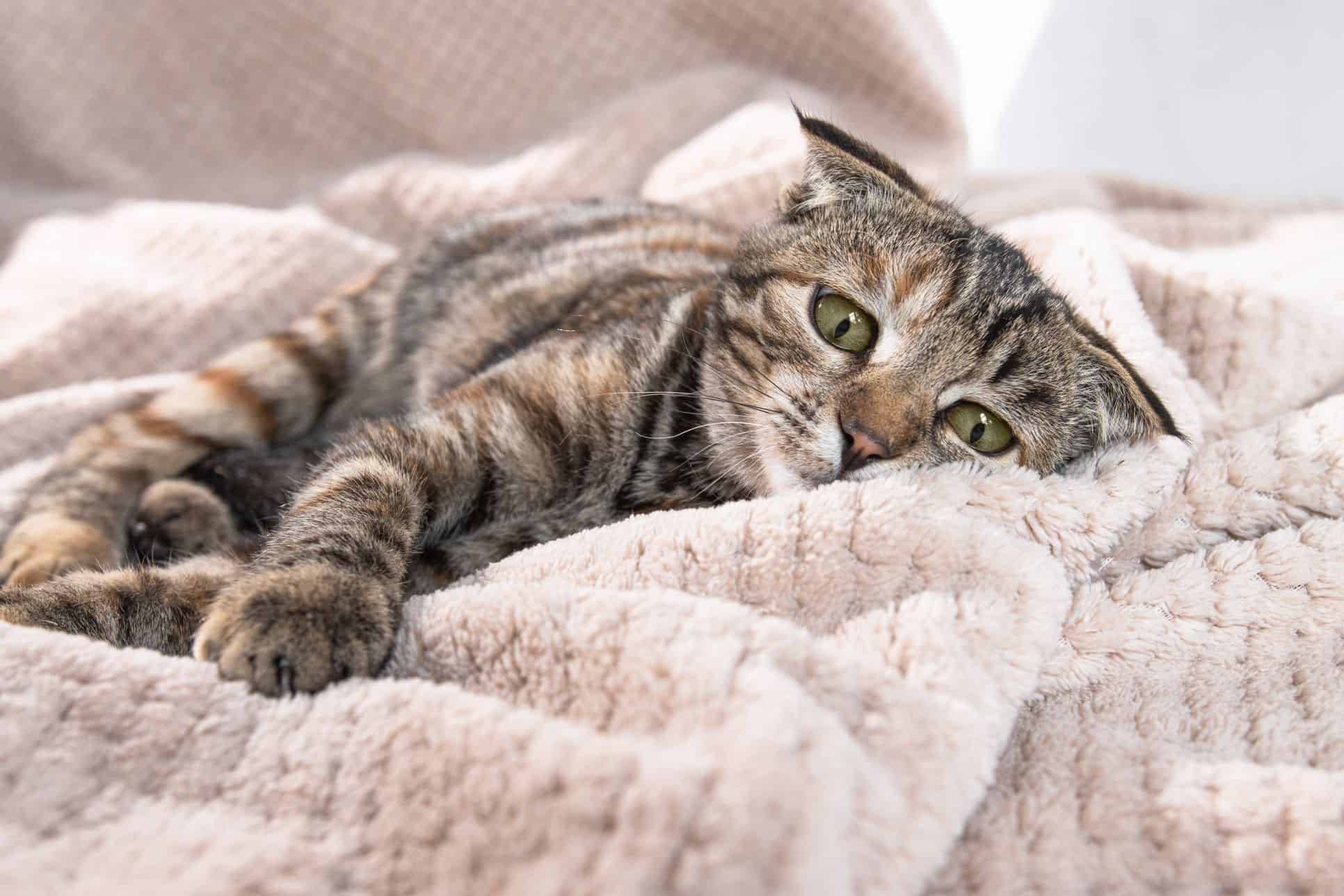Purr-fectly Hidden: Unraveling the Mystery of Cat Pain Behavior

Part of being a loving pet parent is knowing how to spot the signs that a four-legged friend is in pain, but when it comes to feline pain behavior, the clues can be subtle.
At Beverly Hills Veterinary Associates, we’re here to help you unravel the mystery of feline pain behavior so you can recognize your cat’s cries for help and find relief for your favorite feline as soon as possible.
Is My Cat Sick?
Sometimes it’s safe to assume that a pet is in pain—following surgery or an obvious injury, for example. Other times, the clues are carefully disguised as subtle changes in behavior. If you find yourself wondering, is my cat sick?, that’s your gut telling you something is “off.”
Feline pain behavior can overlap with symptoms of other illnesses, making an accurate diagnosis a critical first step in your cat’s recovery. Contact us right away for an examination if your cat displays any of the following:
- Lethargy/sleeping a lot more
- Lack of grooming
- Unusual vocalizations
- Drastic changes in eating or drinking habits
- Frequent accidents outside the litter box
- Elevated heart rate
- Unusual aggression or other changes in personality
- No longer interested in favorite toys, treats, activities
- Restlessness
- Hiding (see next section)
Why is My Cat Hiding?
Hiding is an important clue that often gets attributed to “normal” feline aloofness. But new hiding habits definitely require further investigation.
It’s your cat’s natural instinct to seek out hiding places when she is sick, injured, or stressed to protect herself from predators. So if nothing else has changed in her environment (a new pet, new family member, or a move to a new house, for example), her disappearing act is the closest thing to your cat opening her mouth and telling you something is wrong.
If her new hiding behavior continues for several days and is accompanied by other clues, such as loss of appetite or potty accidents, it’s time to call the vet.
Pain Management for Pets
Once we’ve determined the underlying cause of your cat’s pain, we’ll put together a treatment plan that could include one or more of the following:
- Prescription pain medications
- Non-steroidal anti-inflammatories
- Steroids
- Omega-3 fatty acid supplements
- Physical therapy
- Weight loss
- Special diets
Never administer medications to your pet without first consulting with your veterinarian.
Ways to Help at Home
These simple changes to your cat’s environment could improve her feline pain behavior:
- Purchase an orthopedic pet bed.
- Put all of your cat’s essentials on one floor of the house.
- Keep her favorite beds away from cold drafts.
- Offer her opportunities for gentle play to keep her as active as she can be.
- Groom her daily to release endorphins, which are natural “feel good” hormones.
- Consider learning gentle pet massage techniques.
Help for Feline Pain Behavior
If you’re still wondering how to tell my cat is sick, or if you feel your cat is in pain, it’s time for some detective work. Contact us right away for an appointment.
